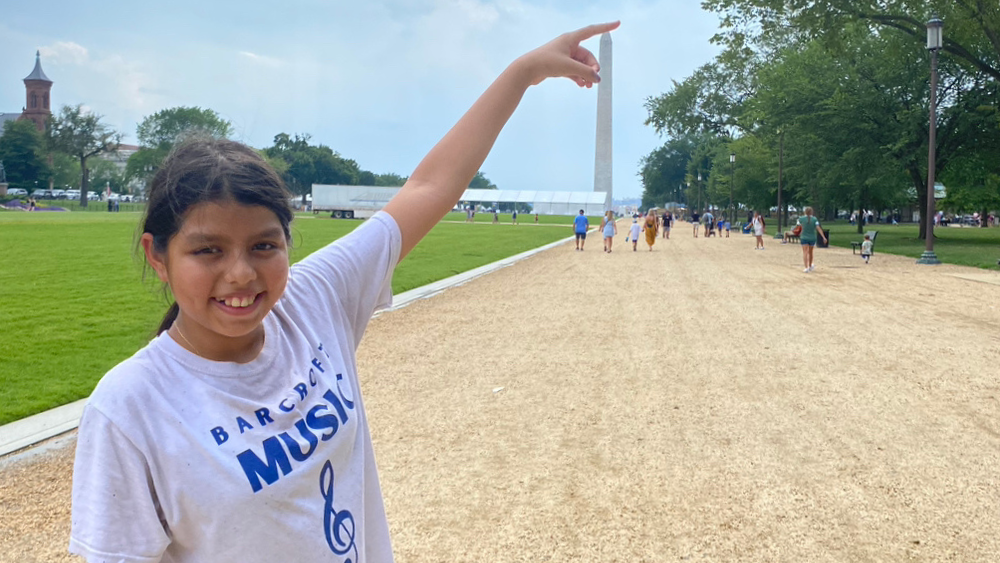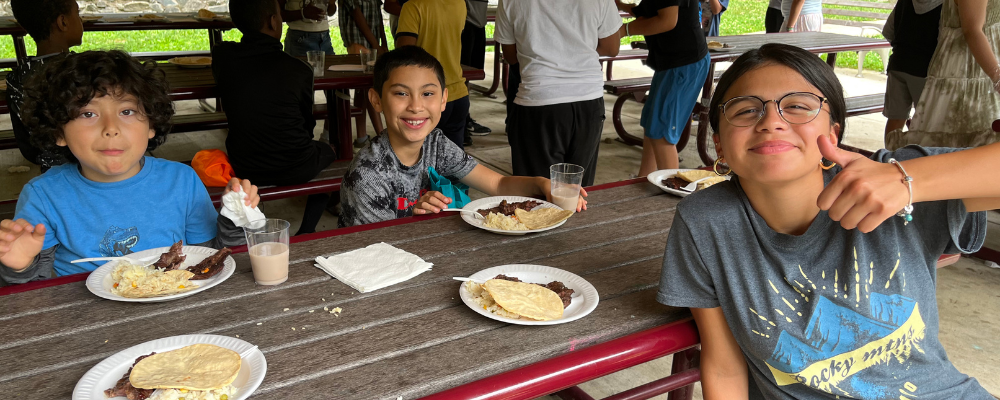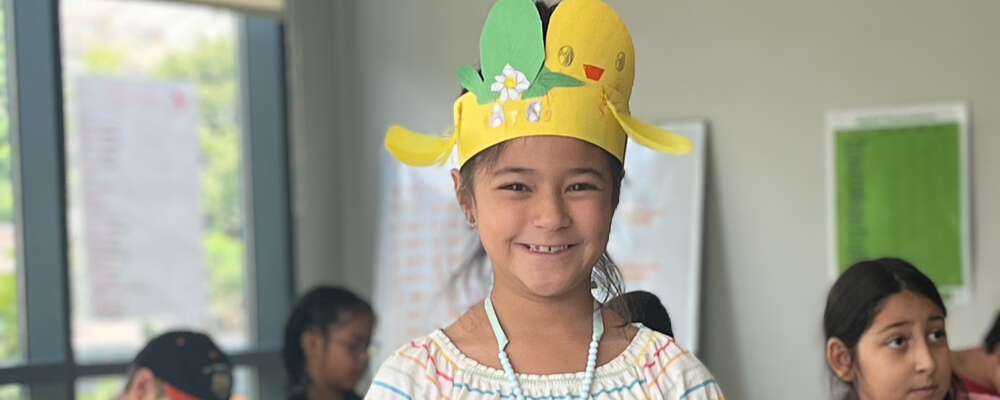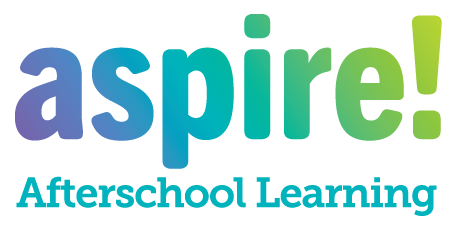Join our students on their trip around the world!

The theme of Aspire’s 2023 six-week summer camp is Around the World, highlighting the diverse cultural experiences of our students, who collectively speak 13 different languages at home. Each week’s learning activities are based on a new region of the world with students already exploring Central and South America, the Olympics, and a tour of Europe.
The benefits of summer learning programs like Aspire are evident. During the months that students are not in school, they can lose knowledge gained during the school year. Low-income students are particularly affected by summer learning loss, which year-over-year makes it harder for them to catch up with their more affluent peers, and contributes to the widening educational opportunity gap.
Aspire’s summer learning camp provides critical opportunities for students to try new things, grow friendships and social-emotional skills, and be prepared to go back to the classroom in the fall. You can learn more about the important impact of programs like Aspire as the National Summer Learning Association celebrates Summer Learning Week. Now grab your passport for highlights from Aspire’s first two weeks of camp!

Stop One: Explore Central and South America
Have you ever wanted to experience El Salvador without leaving Virginia or DC? As our students recently learned, the Mi Pequeño El Salvador Festival is an excellent opportunity to do just that! Students researched the festival’s history and nearby Salvadoran restaurants to create a brochure for friends and family, featuring local businesses like the Atlacatl Restaurant and El Tamarindo.
Other pit stops during the first week of camp included a stop in Mexico for a lunchtime picnic at the park with carne asada, a popular Mexican dish, and time to play with new friends. Students also took a trip back in time for an Inca Empire escape room, where the keys required knowledge about the history of the Inca Empire and the successful completion of a math worksheet. An especially popular lesson was a visit to the cacao trees of South America to learn about the history of chocolate, where they got to taste homemade xocolatl, or Aztec chocolate, made with sugar, cocoa bean powder, cornmeal powder, vanilla extract, water, and chili powder.

Stop Two: Take a Tour of Europe
In week two, students began their European tour in Sweden, where they made their own Midsummer flower crowns and learned about the annual celebration, decorating their crowns with drawings and cut-out designs. They then traveled to Austria to discover the Magic Flute opera by Mozart, where they read a book about the story aloud, listened to some of the songs, and learned about the different types of singing voices.
Finally, they circled back home to explore European architecture in DC. They began by looking at photos to see if they could tell which buildings were in DC and which were in European countries, before learning about the different architectural styles that can be seen in DC. For instance, students discovered what style buildings around DC were built in, including the Washington National Cathedral (Gothic), Thomas Jefferson Building (Beaux-Arts), and U.S. Treasury (Neo-Classical). After their lesson, they put this learning into practice during their trip to the National Mall by examining buildings like the Smithsonian Castle and the Capitol Building.

